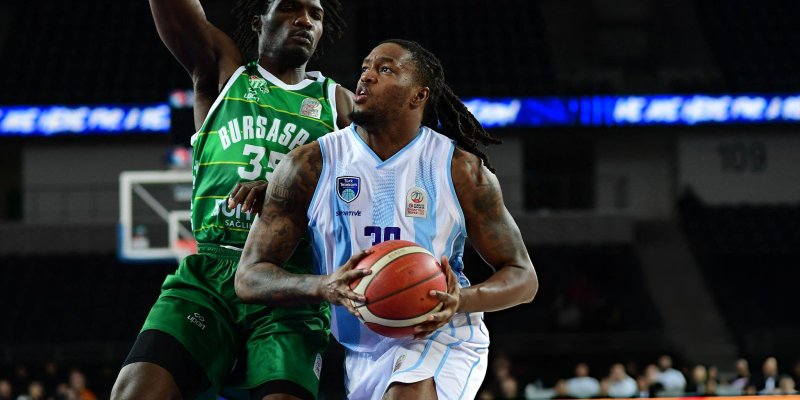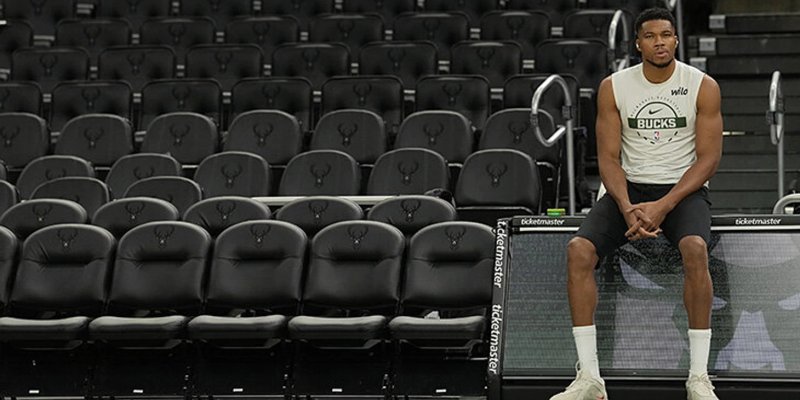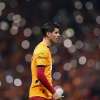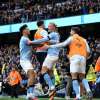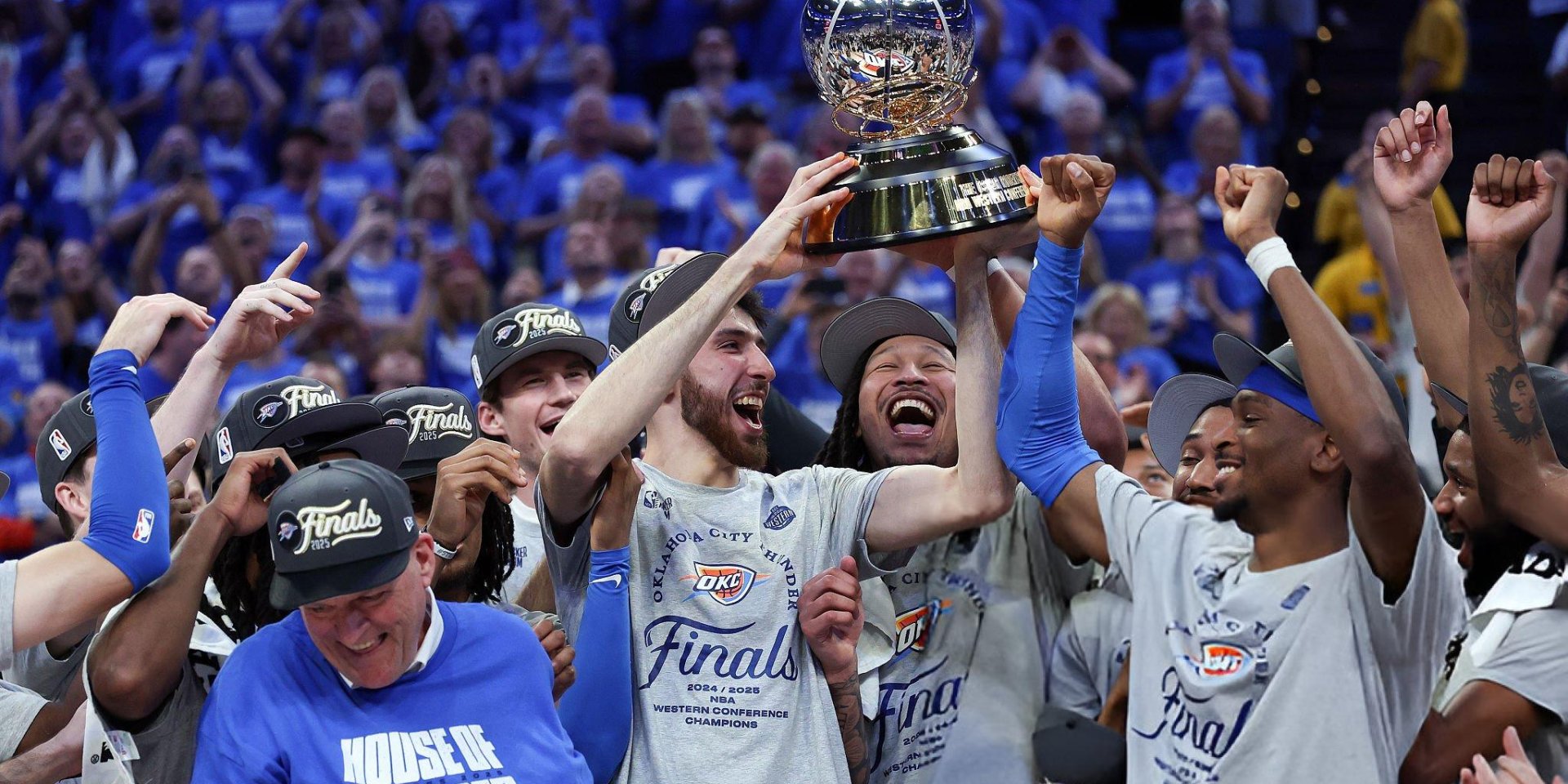
They never rolled out red carpets for superstar landings, nor did they shower cash in free agency. The Oklahoma City Thunder engineered one of the fastest rebuilds in modern NBA history out of thin air—driven by a draft-pick pyramid, razor-sharp scouting and total trust in youth. Amid the noise of Shai Gilgeous-Alexander’s 30-point barrages and Jalen Williams’s highlights, Chet Holmgren’s name hummed softly. Yet when the regular-season dust settled, it turned out the lanky seven-footer with coffee-machine arms had fused disparate talents into a title machine.
Lightning-Fast Rebuild: A Monster Sketch on the Ruins of Reservoir City
After the last star of the previous era was traded, the Thunder resembled a suitcase with a broken handle. GM Sam Presti flipped the classic “asset-accumulation mode”: draft picks trailed Oklahoma like a comet’s tail to the horizon. Fans braced for a long desert trek, but reclamation lasted barely two seasons—potential morphed into real power faster than knotweed blooming in a hedge fund garden.
Engine of Offense: Two Faces of the Same Bolt
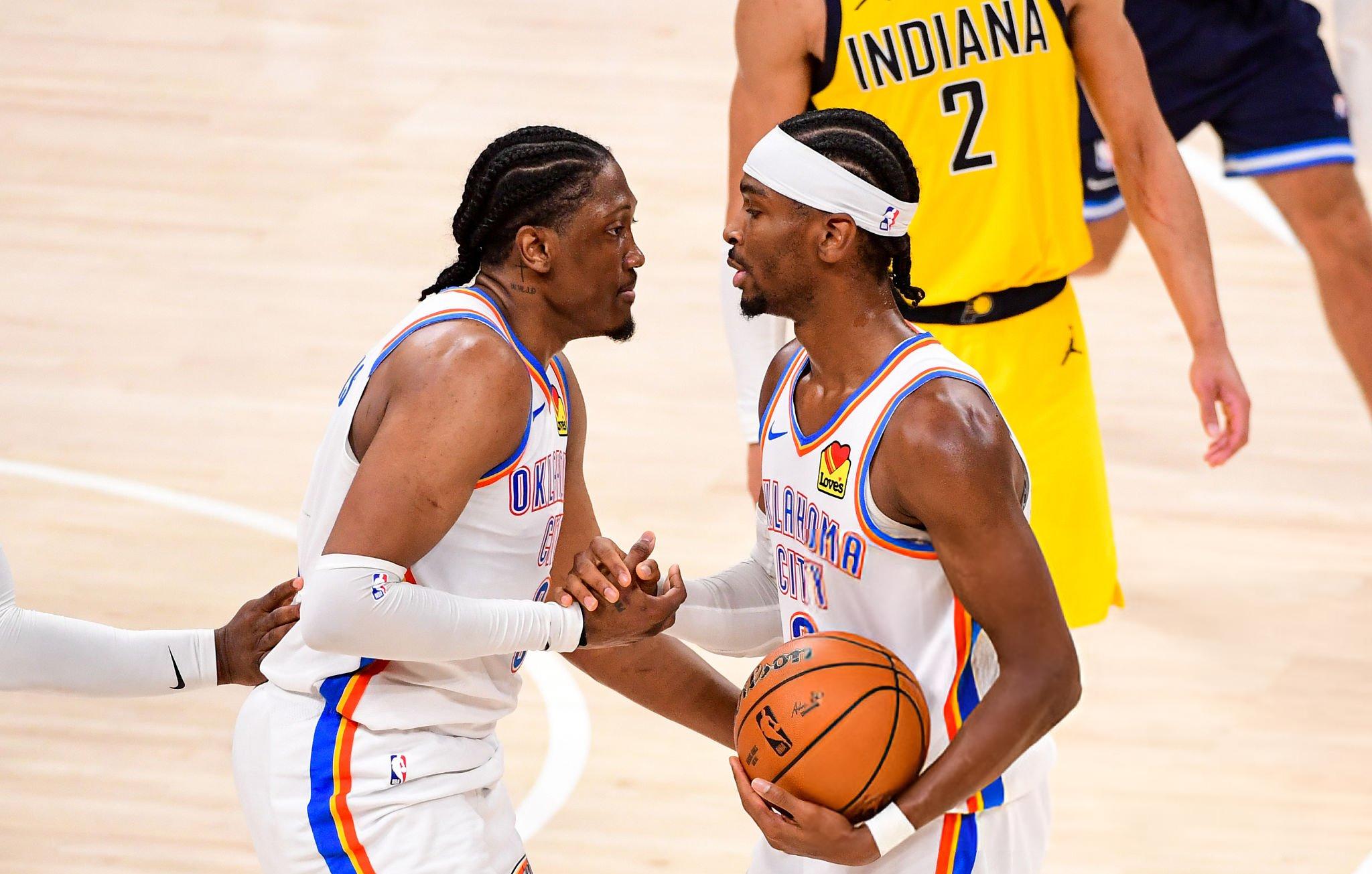
The chief catalyst was Shai’s phenomenal upgrade—he evolved from hyper-efficient downhill driver to undisputed MVP, dropping 32 a night through euro-steps, mid-range jumpers and paint raids. Beside him blossomed Jalen “J-Dub” Williams—a Swiss-army-knife forward who secures the paint, nails corner threes and breaks the press. Together they became the heartbeat of the league’s most versatile offense.
Torturer Role Players: When Defense Turns to Torment
Lu Dort and rookie pickpocket Alex Caruso turned the Thunder perimeter into a star-taming kennel. Their on-ball pressure, perpetual hedge-switches and timely rips wrecked any genius’s rhythm. Dort also leveled up his corner jumper, forcing defenses to stretch flat across the floor.
Skinny Giant Under the Microscope: Pre-Draft Skepticism
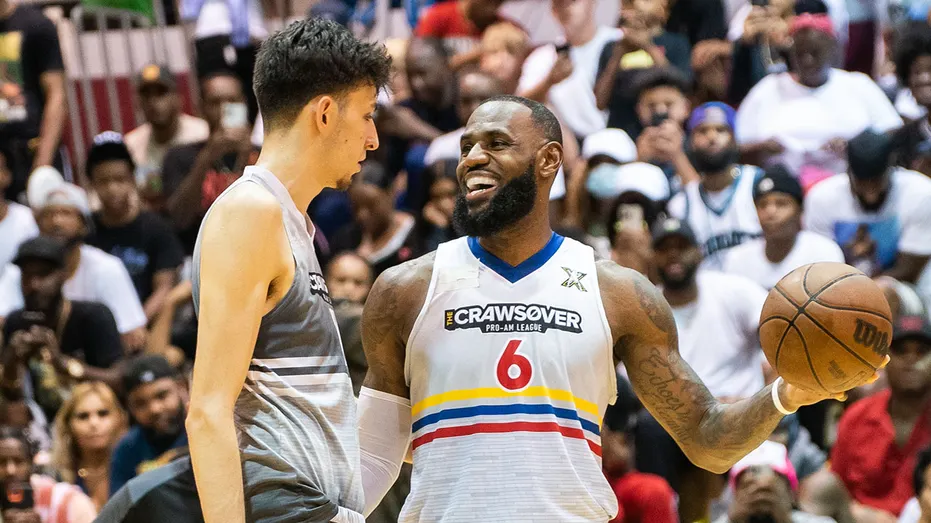
At the combine Holmgren weighed about 85 kg at 213 cm tall—borderline indecent by NBA standards. Skeptics hissed: “First collision with grown-man centers will snap him in half.” A summer-2022 pickup game with LeBron stoked the fire: Chet broke his fifth metatarsal and missed his entire rookie year.
A Year Underground: Forging a New Body
Most youngsters vanish after such a blow, but Holmgren turned the hiatus into a teaser camp. Over twelve months he packed on six kilos of dry muscle without losing flexibility. Endless ball-handling sessions, thousand-rep pick-and-pops from nine spots and microscope-level post-footwork study stitched his arsenal seamless.
Debut on the Fly: The Rookie of the Year Race
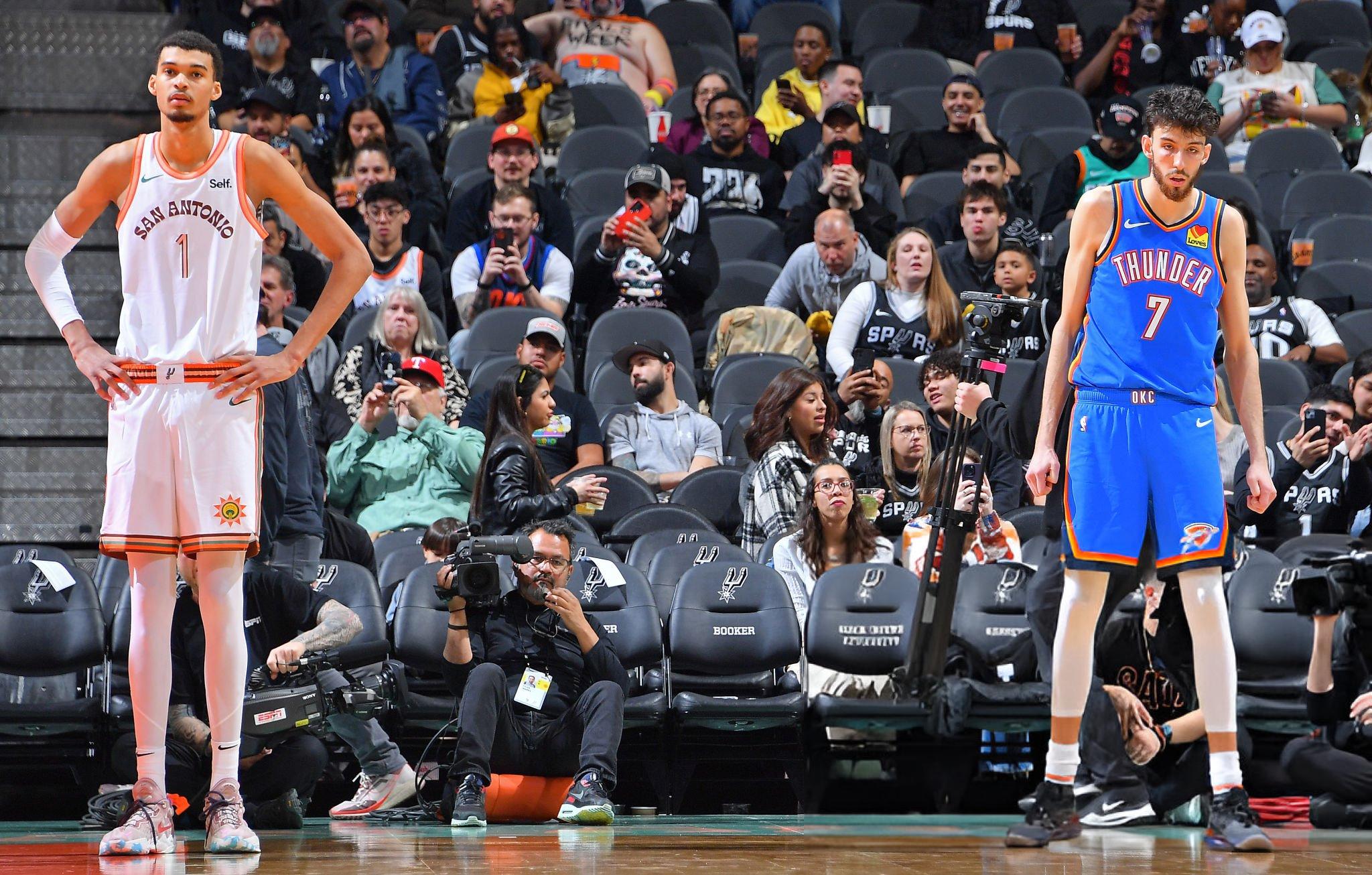
Back on the floor for the 2023/24 opener, Chet instantly showed why he was a draft jackpot: 16 points, 8 boards and 2.5 blocks on 53 percent shooting and 80 percent from the line. In the Rookie of the Year race he butted heads with Victor Wembanyama, losing only to the Frenchman’s hype and statistical bulk.
Another Fracture and an Instant Comeback
November 2024 brought a pelvic fracture versus Golden State—an eight-to-ten-week timetable. Yet Holmgren never slipped from the team’s vibe: core work, miles of no-jump shooting and tactical Zooms with the coaching staff. On 7 February 2025 he returned against Toronto and looked like he’d missed zero minutes: with him on court opponents shot 8 percent worse in the paint and OKC’s net rating jumped by nine.
Secret Spice: How Chet Stretches the Defensive Canvas
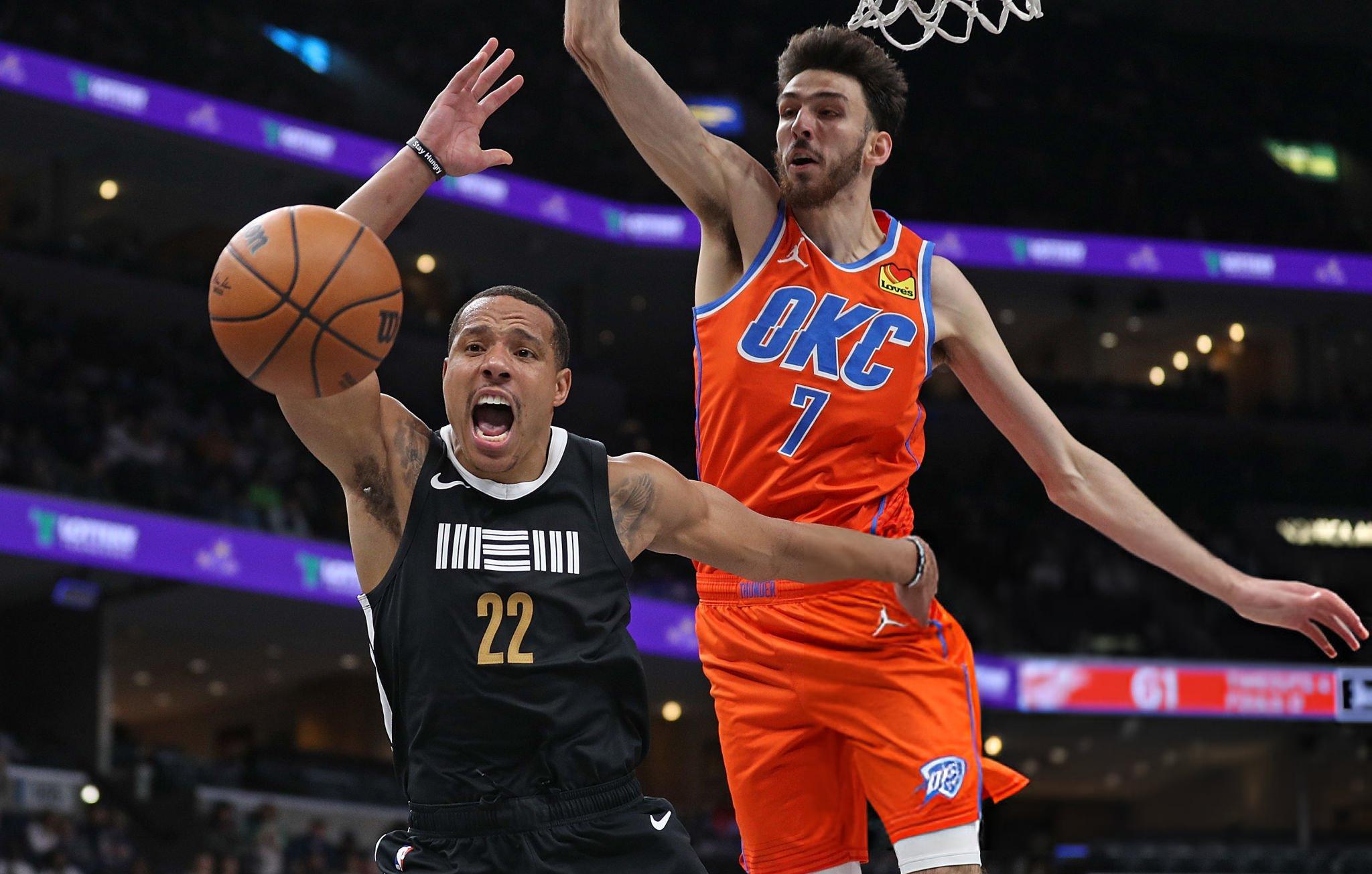
While Wembanyama tops the league in blocks, Holmgren matches his defensive efficiency with lighter usage. His knack for reading a pass before it leaves the playmaker’s hand lets the Thunder flip stops into breakouts instantly. Offensively he offers more than a post-pick pop: ghost screens, false cuts and slick DHOs carve runways for SGA isolations.
Playoff Baptism: Free Throws, A Mistake and Reforged Experience
A sweet 68-win record and the second-best net rating ever guarantee nothing in April’s inferno. Game 1 versus Denver was an ice bath: up three, the Thunder went to intentional fouls and Chet missed both freebies. The answer? A home film session of playoff classics with veteran Kenrich Williams and an honest talk about fear of failure. Game 2 brought 15 points, 11 boards, 7-for-7 at the stripe and border-guard paint patrol.
Final Workshop: A Swiss Army Knife Against the Pacers
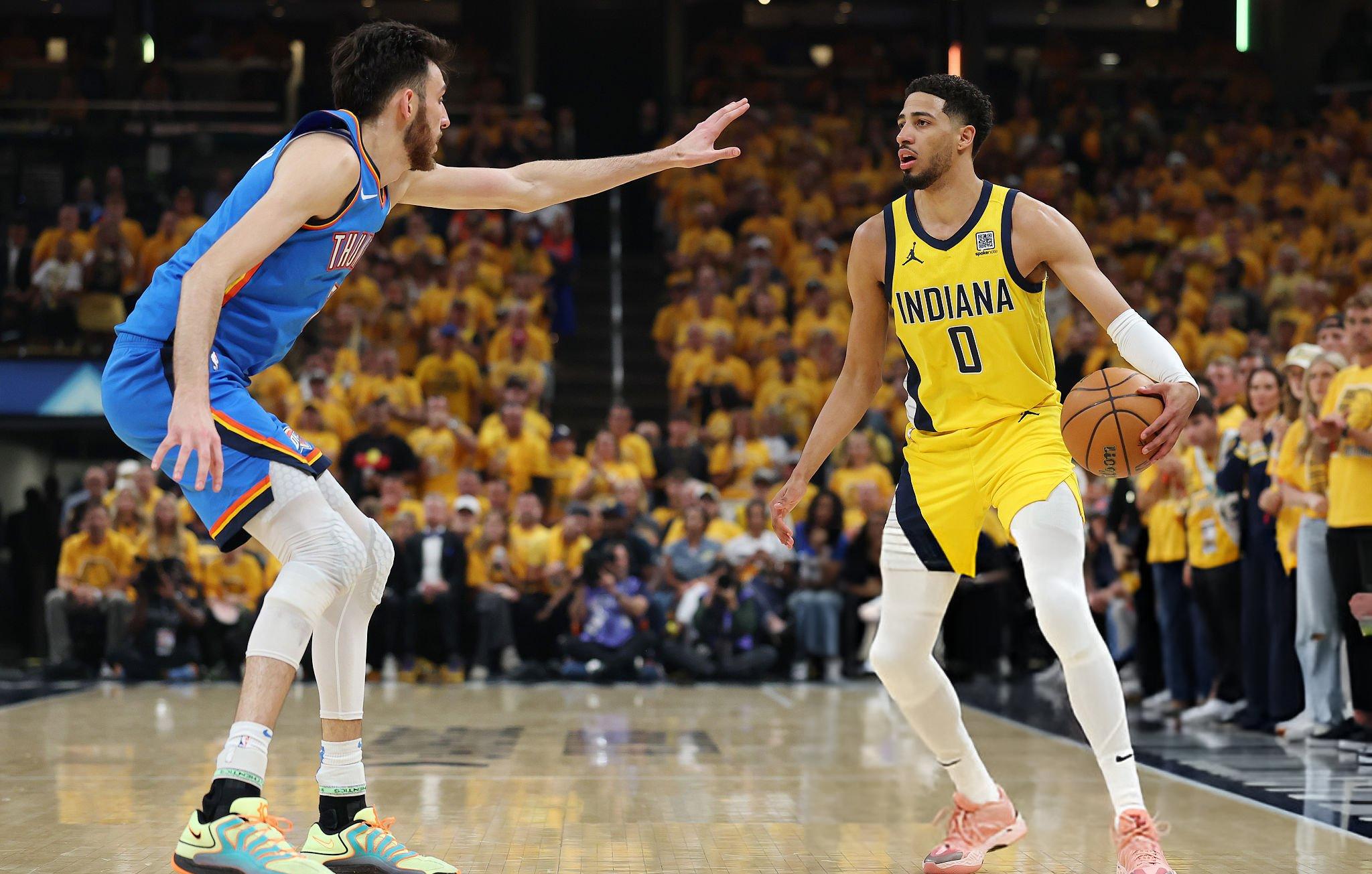
In the deciding duel with Indiana, Holmgren started at the five yet switched to the arc to deny Tyrese Haliburton the usual big-man target. Across the series Chet averaged 18.5 points, 7.5 rebounds and 2.8 blocks in 29 minutes—and, crucially, refused to let the opponent dictate matchups.
Invisible Impulse: Why Thin Cement Is Pricier Than Shiny Bricks
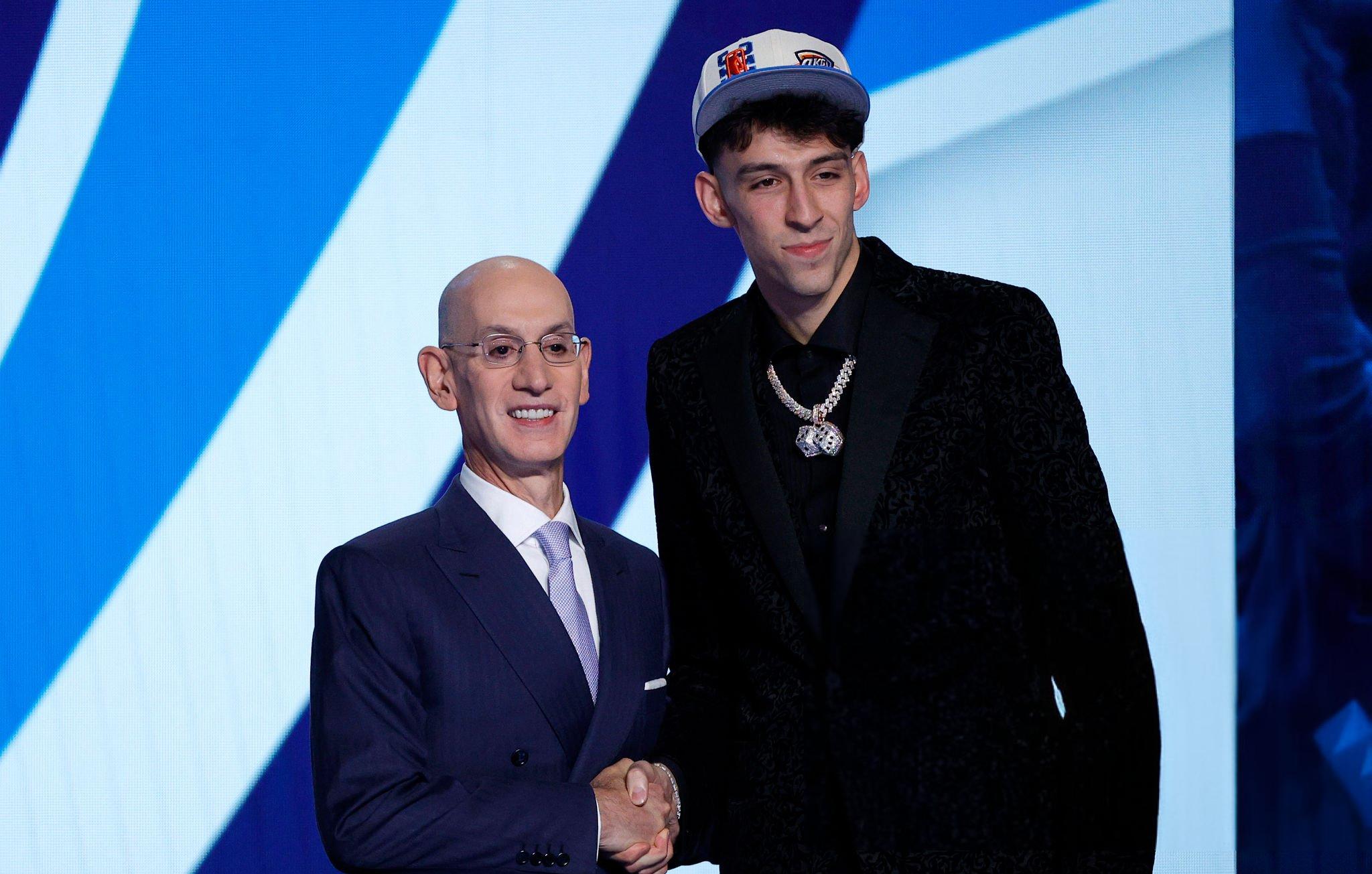
Every champion in recent years has carried a shooting big, a defensive pest and a mental battery. Usually that’s three different players; Oklahoma got a three-in-one kit in the modest kid once nicknamed “scrawny beanpole.” Holmgren doesn’t blow up the scoreboard, but he fortifies the system in details—and it’s those details that keep the skyscraper of wins standing where no other mortar exists.
The Thunder proved a dynasty is built not on loud names, but on engineering precision. And Chet Holmgren evolved from dubious avatar to quiet architect, tying everyone into an unbreakable structure with his thin yet steel frame. In a world where headlines chase muscle, he showed that sometimes the skinniest guy carries the weight of a championship throne.

